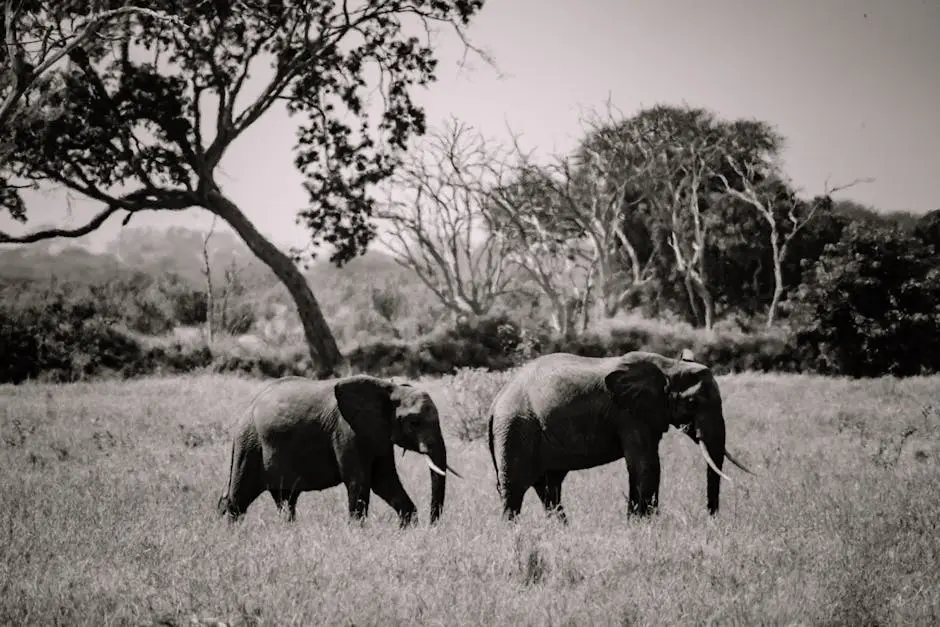Wildlife photography safaris are not just about capturing stunning images; they also play a vital role in supporting local communities. In this blog, we will explore how these safaris bring economic benefits, promote conservation, and foster community engagement, showing the multifaceted impact they have.
Economic Benefits
Wildlife photography safaris provide crucial jobs in local communities, ranging from tour guides to chefs in lodges. These positions often help families support their everyday lives and invest in their children’s education.
The economic impact doesn’t stop at jobs. When travelers visit, local businesses — like craft makers and food vendors — benefit as well. This ripple effect helps establish a diversely thriving economy tailored to sustainable tourism.
Moreover, by attracting tourists, wildlife photography safaris encourage infrastructure development. Better roads, communication systems, and healthcare facilities arise due to the increased economic activity, improving life for everyone in the area.
Promoting Conservation Efforts
These safaris often support vital conservation programs. By funding anti-poaching initiatives, wildlife photography safaris work tirelessly to protect the habitats of endangered species and secure the future of biodiversity.
Furthermore, a percentage of safari fees goes directly to local conservation efforts. This financial support ensures that communities recognize the value of protecting the wildlife that attracts tourists, thus fostering an attitude of stewardship.
Conservation through wildlife photography safaris also helps educate both locals and visitors. Tour guides often share vital information on wildlife and ecosystems, raising awareness and inspiring a collective movement toward preservation.
Community Engagement
Photography safaris encourage locals to participate in sustainable tourism. By engaging the community in this way, they feel a sense of responsibility and pride in the natural resources surrounding them.
Involving locals promotes cultural exchange and understanding, as they share their stories and experiences with visitors. This interaction builds strong ties, helping communities feel valued and heard.
When communities are engaged in wildlife tourism, it creates an opportunity for them to innovate. Residents often develop their own tours, offer unique photography experiences, or showcase traditional crafts, which can further contribute to community income.
Cultural Exchange
Interactions between tourists and locals during safaris promote cultural understanding and appreciation. These exchanges allow visitors to experience local customs, traditions, and stories, enriching their travel experience immensely.
Moreover, those experiences can challenge stereotypes and broaden perspectives, as tourists leave with a deeper understanding of the complexities faced by local communities. The bonds formed during these trips can lead to lasting, meaningful relationships.
Ultimately, wildlife photography safaris facilitate connections beyond just wildlife. They weave a narrative of collaboration, respect, and mutual benefit, which is essential for both conservation and community upliftment.
Final Thoughts
In conclusion, wildlife photography safaris contribute significantly to the well-being of local communities by creating jobs, encouraging conservation, and fostering a sense of pride and responsibility towards natural resources. By choosing to participate in such safaris, travelers help ensure that wildlife and the communities that depend on them thrive.





